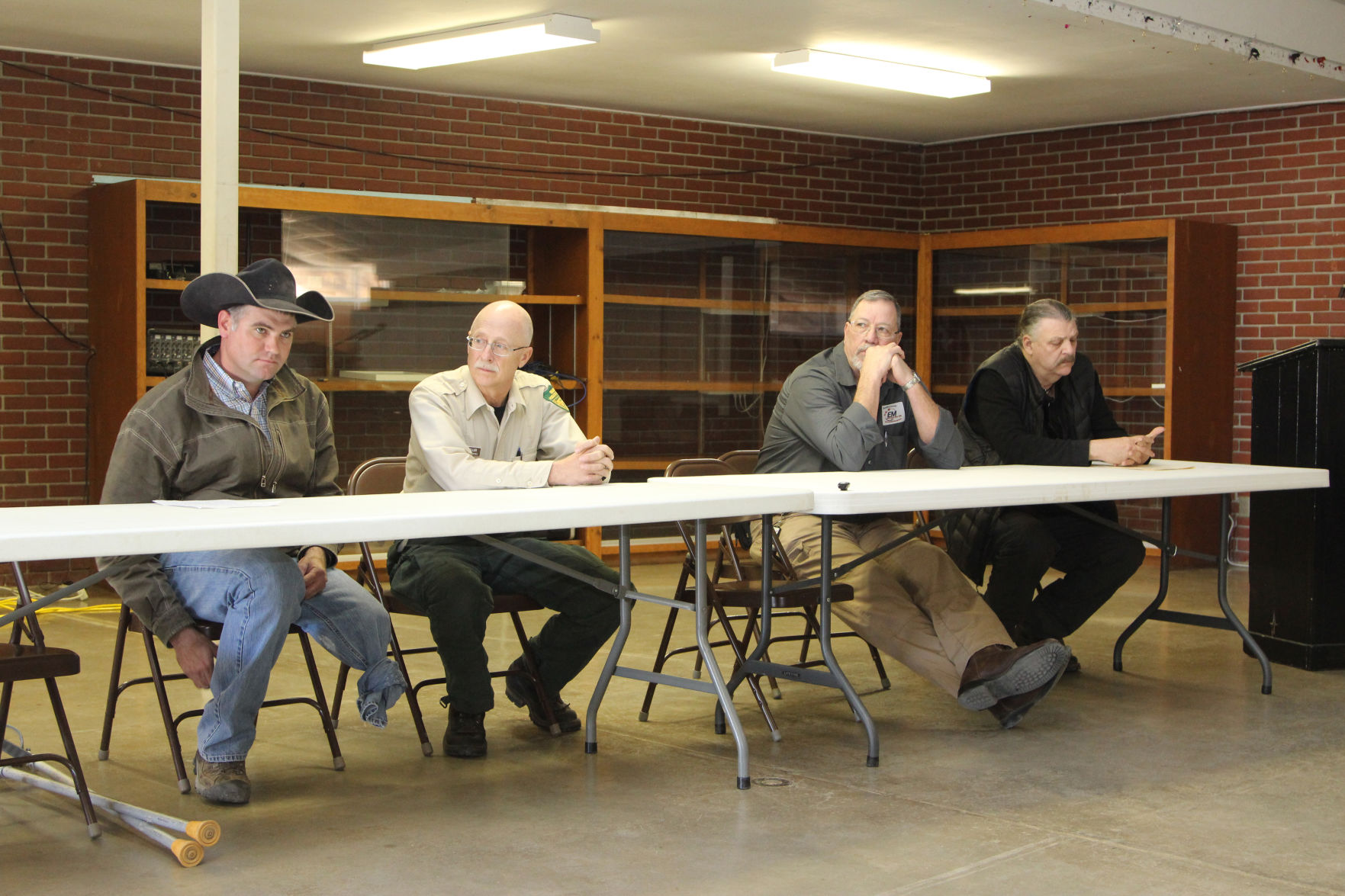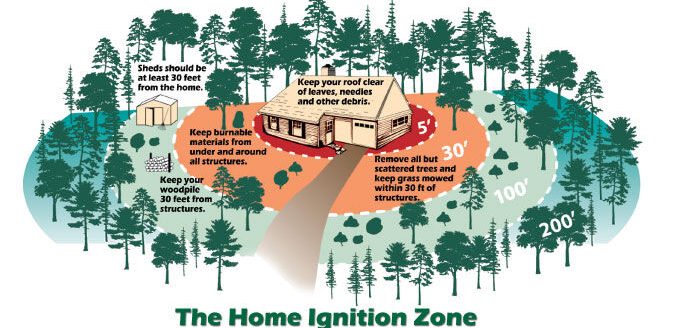Ranchers need to be prepared for an earlier and perhaps more volatile wildfire season this spring.
That was the message many experts presented to a packed room at the Beaver County Fairgrounds, Beaver, Oklahoma, at the 2018 Southern Plains Wildfire Forum, Feb. 13.
After back-to-back years of devastating wildfires that have roared through Texas, Oklahoma and Kansas, multiple agencies collaborated to bring climatologists, federal and state government officials and fire and emergency teams together to discuss prevention and response tactics.
Conditions are ripe
“All indicators point to an active fire season,” said Monica Mattox, assistant Oklahoma state climatologist. Mattox explained the climate drivers that are going to affect the Plains this spring and summer, including a La Nina pattern, which will mean warmer and drier conditions and push some parts of the country further into drought. Drought will then lead to higher ignition conditions, allowing for larger and more intense fire events. Finally, ranchers should expect that a big swing between significant drought and rainfall of the last two years will have a great impact on conditions.
“It’s the rapid shift from wet to dry conditions,” Mattox explained. “We could get a lot of rain, that leads to vegetative growth, that means fuel loading, and then it could get dry and cook that down and then you have ideal fire conditions.”
Mattox told producers to watch for the following conditions this fire season: Low relative humidity; high winds; higher temperatures and continuing drought.
A panel of emergency responders and a rancher brought more blunt talk to the group about the need for growers to go into fire season with their eyes open and their property prepared.
“You can’t rely on the fire department to come to your rescue,” said Cody Sanders, a rancher from the Woodward area. Sanders added ranchers need to have a proactive approach to getting their property, their family and employees prepared in case the flames come.
“You have to change your mindset,” Sanders said. That includes using prescribed burning in appropriate doses to not only reduce the fuel load, but also help local fire crews get to know your property. Sanders has built some fire trucks for his ranch that can help him respond to small fires on his property and help him in his prescribed burning.
“I used to have a lot of trouble with the local fire department when I’d want to do a prescribed burn, until I started getting some of their younger guys involved,” Sanders said. Not only does it provide them a training opportunity, they get to learn Sanders’ equipment and its availability to them in an emergency situation.
Develop a plan
Sanders also advised ranchers to develop response plans for the ranch and to make sure every employee and family member knows them by heart.
“My people know what to do, where we’ll take the cows, who goes where and what do they need to do when they get there,” Sanders said. Include information about equipment that can be used in fighting the flames until fire teams come; livestock head counts; evacuation routes; meeting zones so personnel can be accounted for; communication methods; and contingency plans in case it all fails.
Mark Goeller, Oklahoma Forestry Service, echoed Sanders’ remark about self-reliance. Especially having an exit strategy in place.
“You need to know what’s the plan, where you’ll go and be ready to leave when the trigger point is reached,” Goeller said. “More civilians are killed than firefighters in wildfires because they weren’t aware. There’s a number of folks who’ve been killed by fast-moving fires. You need to have the whole ranch aware and do that prior to smelling the smoke in the air.”
Preparing the property for windblown embers and reducing the fireload near the house and outbuildings is another way ranchers can help increase survival of their homes. It can be as simple as keeping flammable lawn furniture and firewood away from structures, to making sure there are screened vents on the home so embers cannot drift inside and start a fire.
He advised ranchers to look up the following websites as they prepare emergency plans: The Ready, Set, Go! Program at www.wildlandfirersg.org and the National Fire Protection Association’s Firewise USA program at www.FireWise.org.
While Goeller’s agency is pre-positioning resources across the state to respond to wildfires, and there are plans now to quickly deploy aircraft, there’s still going to be a lag time in response because of the very nature of the countryside.
“There won’t probably be a fire truck or anybody to immediately respond,” Goeller said. “We just don’t have enough volunteer fire departments or volunteers to deal. So to ensure you make it through, start these practices.”
Response and recovery
Don Button is the Grant County Emergency Management coordinator from Ulysses, Kansas. Keith Shadden is with the Oklahoma Emergency Management agency. The two explained that over the last two years emergency management teams have tried to prepare for response and recovery as best as they can and take lessons from each wildfire outbreak.
Both said there’s a partnership between emergency personnel and civilians and while farmers with chisels and sweeps help tremendously, they do ask that civilians contact the team on the ground before going out on their own and firefighting. That’s just to ensure the safety of everyone.
“We need to know routes of ingress and egress from the people who live on that land,” Shadden said. “We want to know about the fences, the safe ways to go in and get you out. What water sources are on the property? Water is always a factor and we bring it in by trucks. But if you have wells or irrigation systems that can help us.” One rancher even brought up the idea that some ranch roads on vast spreads could use road signs to help fire crews unfamiliar with the property, since landmarks could either burn up or be lost in the smoke or darkness.
At the end of the day, ranchers took away that the more they can look at their property with an eye to planning ahead for flames, the easier they can make it for responders to come to their aid. And the better their chances for saving lives, livestock and property.
Jennifer M. Latzke can be reached at 620-227-1807 or [email protected].




